The produce section is full of fruits, both familiar and quite strange. Depending on the season, you may see giant, bright-green bananas on display next to the normal bananas that you know and love. No, those aren't super-unripened bananas—they're plantains, and they are definitely a different fruit altogether. However, once you get to know them a little better, you'll find that they're much more fun to cook with.
- Don't Miss: How to Ripen Bananas Faster

Plantain vs. Banana
Plantains are a member of the Musaceae family, which consists of tropical, herbaceous plants with the most popular cultivator being the banana. Don't be fooled, though: while part of the same family, plantains are still very different from bananas. They are longer, have thicker skins, and contain a higher starch content.
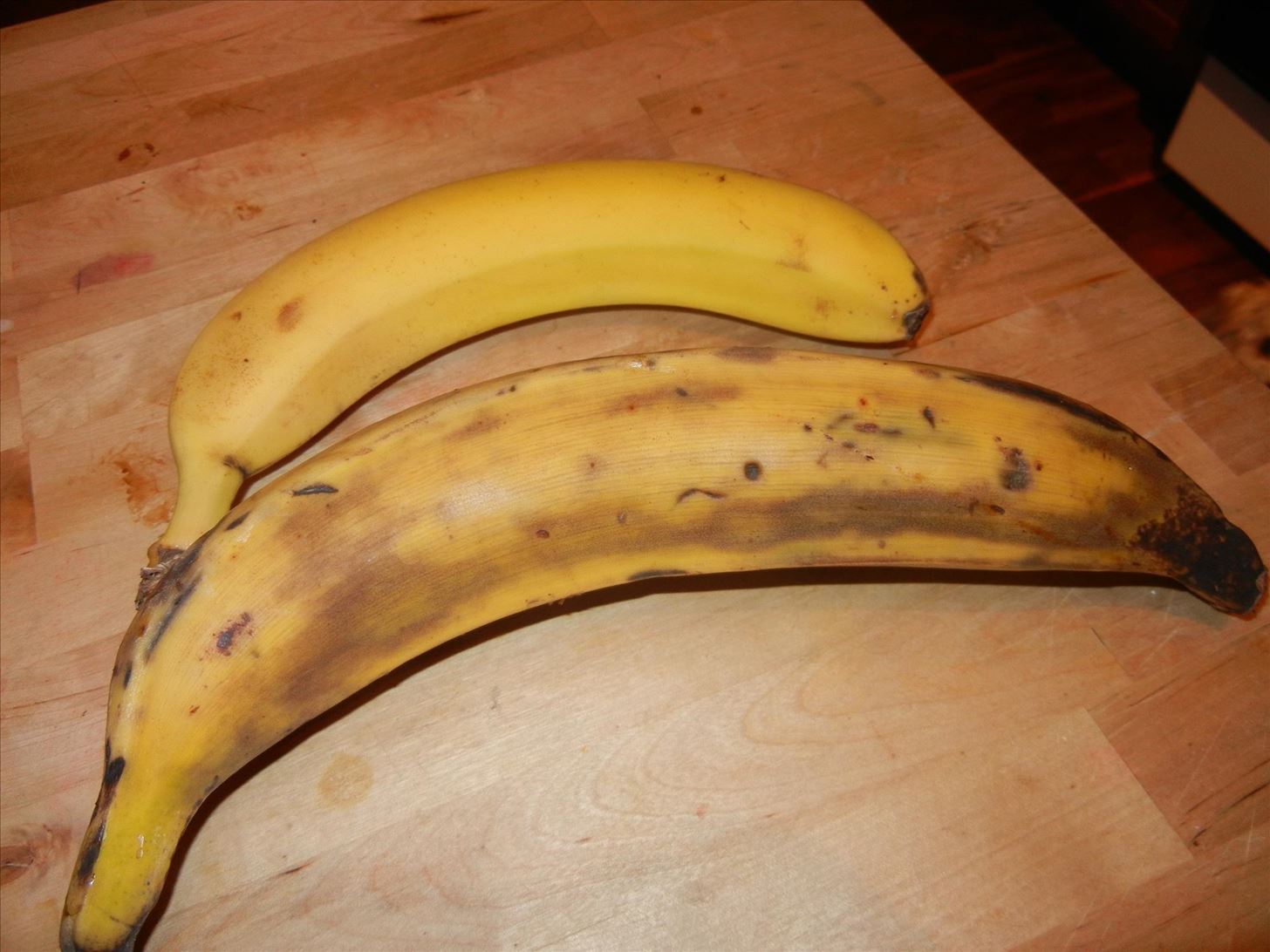
The primary difference between a plantain and a banana is their levels of sweetness. Since plantains are much less sweet for the majority of their lifespan, they are usually served as a savory vegetable; bananas, on the other hand, are much sweeter at all stages.
A Plantain's Starch Content
Plantains are an extremely versatile ingredient that may be used as either a vegetable or fruit, depending on its stage of ripeness.
However, plantains become riper at a much slower pace than bananas do; this has to do with the amount of moisture contained in each type of fruit. The more moisture a fruit contains, the faster its starch is broken down into sugar—this process is called hydrolysis. Since plantains contain more starch and less moisture (65% compared to a bananas' 83%), the starch hydrolysis occurs at a much slower pace.
While plantains take much longer to ripen, the good news is that there are many ways of cooking plantains during each stage of its ripening process—so you will never be left with an unusable plantain!

Stage 1: Green, or Platono Verde
During the green stage, plantains are firm and very starchy—quite comparable to potatoes. The most popular way to use green plantains is frying them into a tasty snack known as tostones, which are a staple of Latin American and Caribbean cuisine.
Additionally, green plantains may be used to make:
- Baked plantain chips
- Plantain crackers (pictured below)
- Drop biscuits
- Mofongo, a Puerto Rican plantain dish
- Sopa de platanos, a refreshing Puerto Rican soup

Stage 2: Semi-Ripe, or Platano Pinton
At the second stage of ripeness, plantains will turn solid yellow. Plantains at this stage are slightly softer than those at the green stage and still contain a decent amount of starch. Therefore, plantains at the platano pinton stage must be cooked, but are mostly used in recipes that require mashed plantains such as:
- Plantain waffles
- Plantain tortillas (pictured below)
- Mengú, a Dominican mashed plantain dish

- Don't Miss: Why You Need to Heat Up Store-Bought Tortillas
Stage 3: Ripe, or Platano Maduro
At the third stage of ripeness, yellow plantains will be yellow with many dark brown spots. These plantains will begin to feel softer and develop a much sweeter flavor profile. Platano maduro can still be fried, but when plantains become sweetened by ripeness, you can get much more creative with them than when they were savory and vegetable-like. Here are some example recipes:
- Pastelón, a sweet plantain lasagna that uses ripe plantains in place of noodles
- Roasted sweet potato and plantain burritos
- Plantain and apple fritters (pictured below)
- Plantain pizza crust

Stage 4: Very Ripe, or Platano Negra
During the final stage of ripeness, plantains will turn black and feel very soft. Though it may look as though it has gone "bad" from the outside, the inside has reached its peak sweetness and may be used for an array of tasty desserts like these:
- Three-ingredient plantain cake
- Plantain brownies
- Caramelized plantains (pictured below)
- Baked sweet plantains

- Don't Miss: The Know-It-All's Guide to Caramelization
Next time you are in possession of a plantain, you may be tempted to make tostones— but please remember that there are a wide range of other recipes that this magnificent ingredient can be used for.
More Ingredients 101 Hacks:
Just updated your iPhone? You'll find new emoji, enhanced security, podcast transcripts, Apple Cash virtual numbers, and other useful features. There are even new additions hidden within Safari. Find out what's new and changed on your iPhone with the iOS 17.4 update.







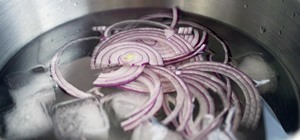



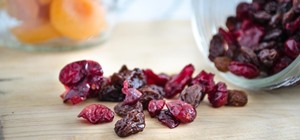

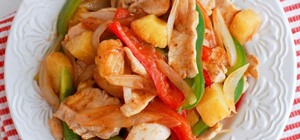
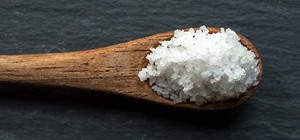








Be the First to Comment
Share Your Thoughts